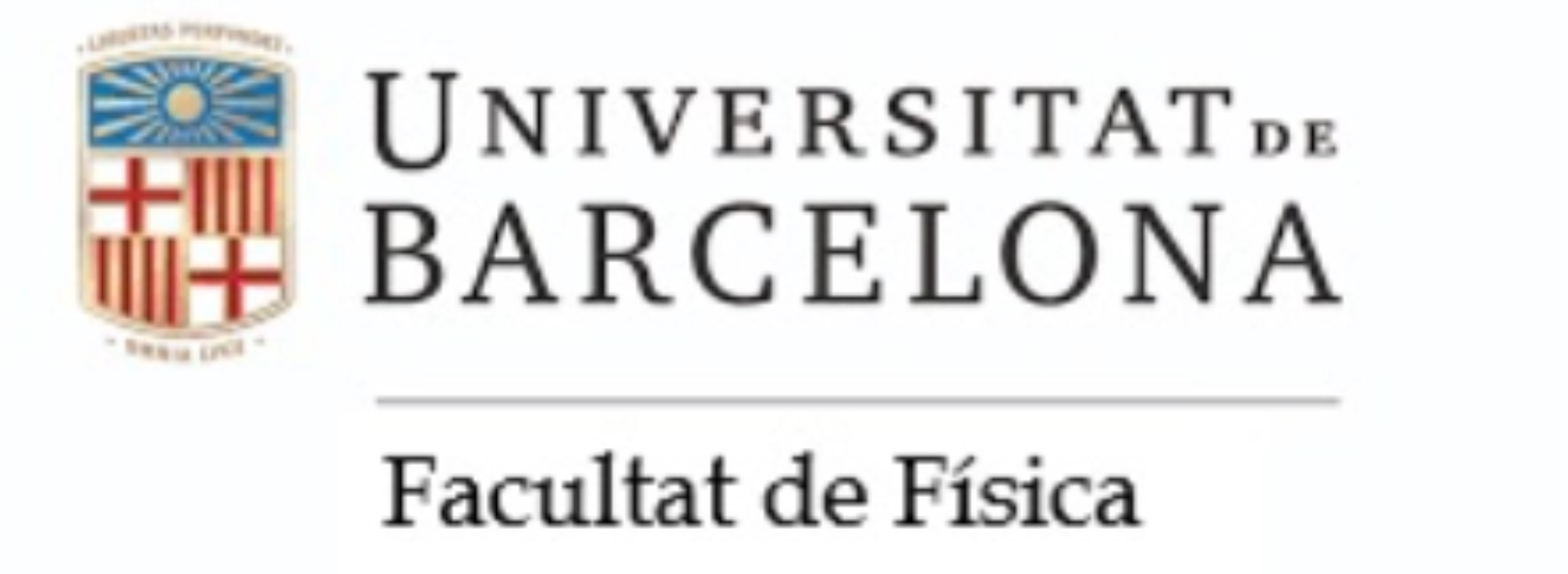The detailed control of activity-induced self-assembled structures from a suitable design of the particle’s individual properties remains an open challenge. One of our aims is to elucidate the generic mechanisms responsible for the large-scale spatio-temporal organization of active particles. This can be achieved by examining the interplay between the two characteristic features of active systems: the nature of the interactions between particles and their locomotion mechanism. We focus our research on systems of chiral and non-chiral active particles with different interactions/shapes and hydrodynamic interactions. More specifically, we study phase transitions, rheology, and the emergence of collective behavior in systems of chiral active particles and explore the role of topological defects and confinement in the collective behavior and aggregation of self-propelled colloids.
